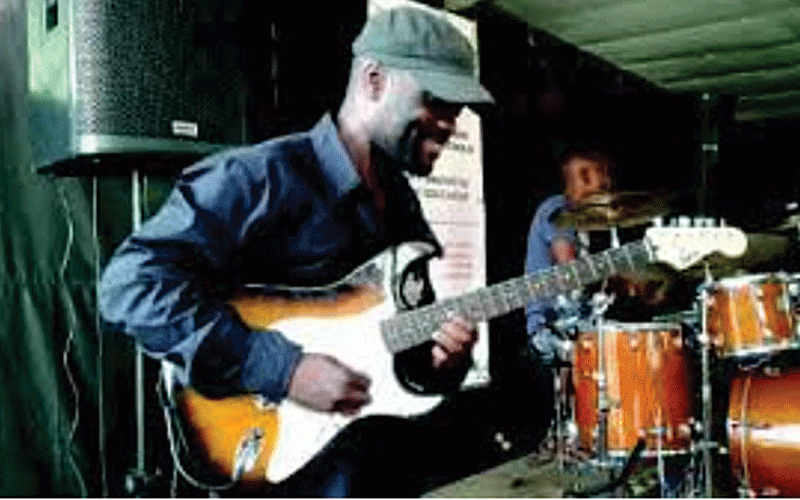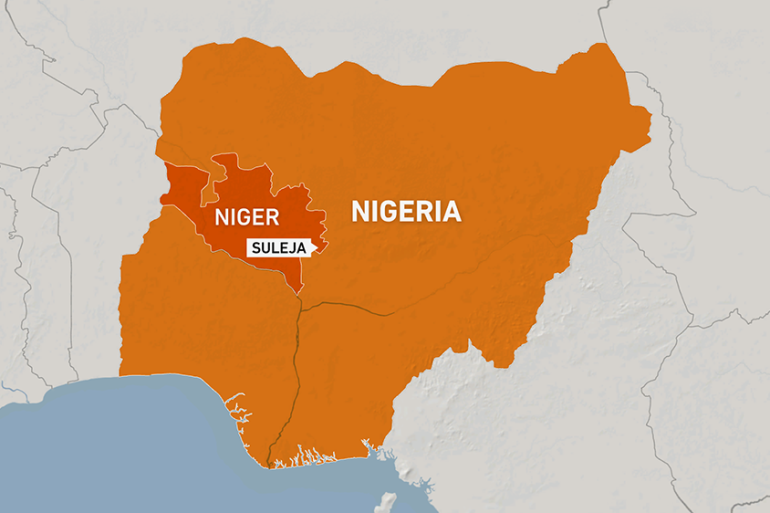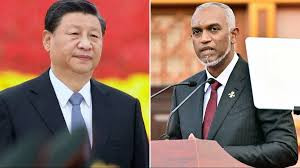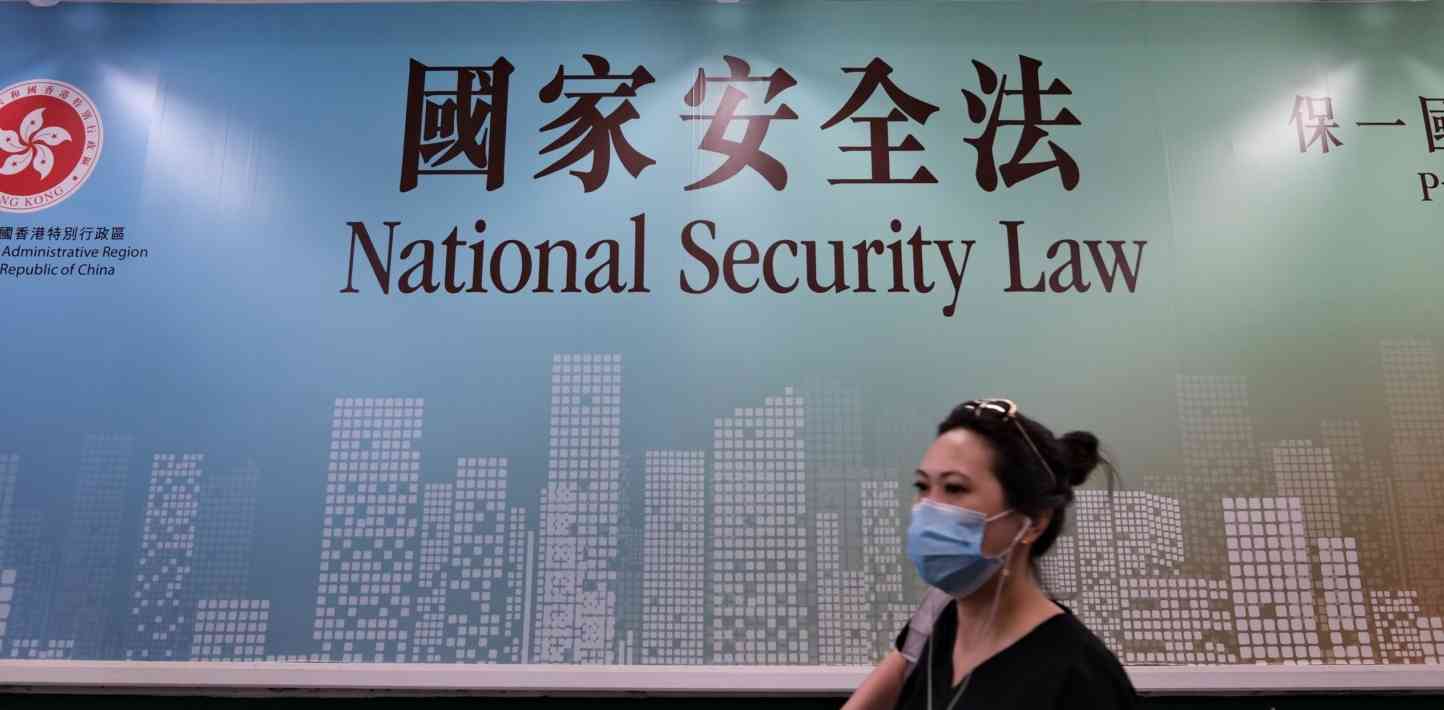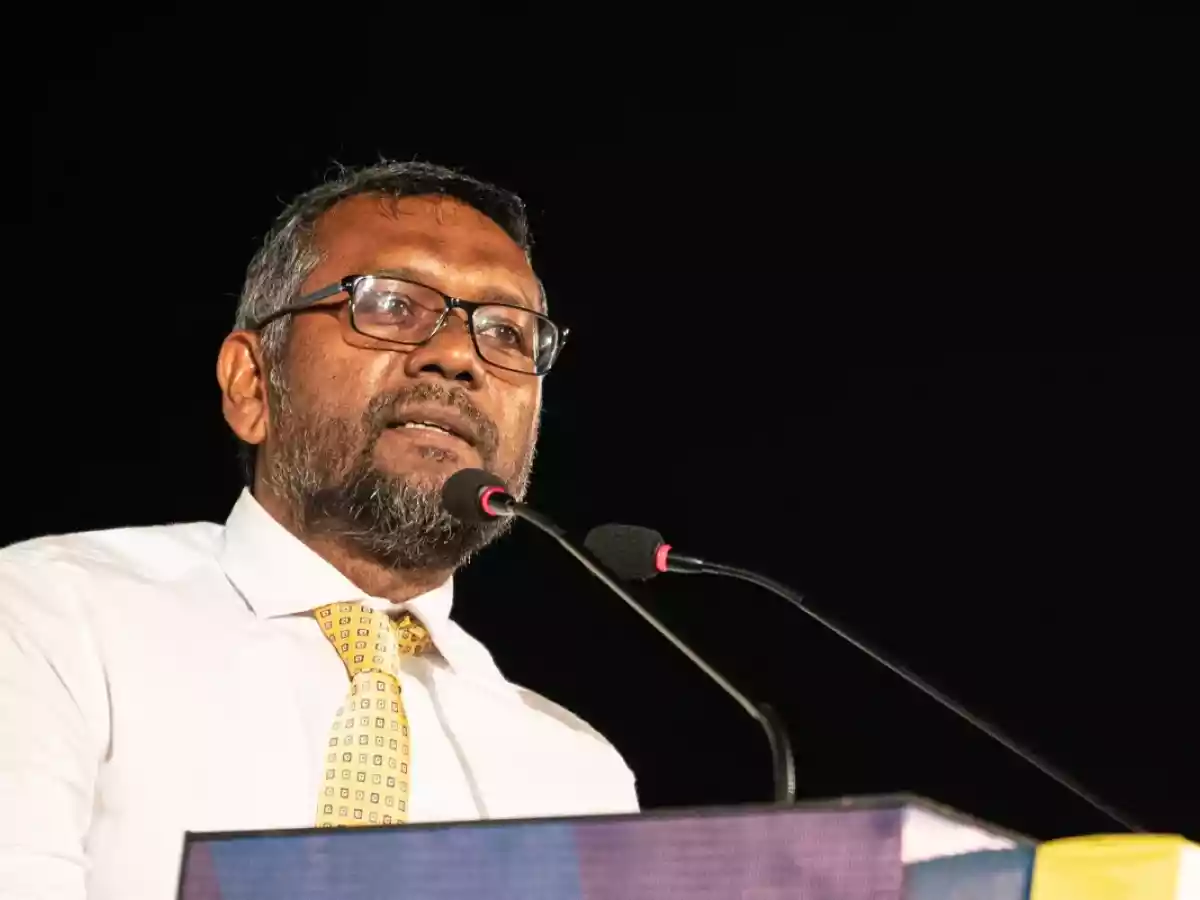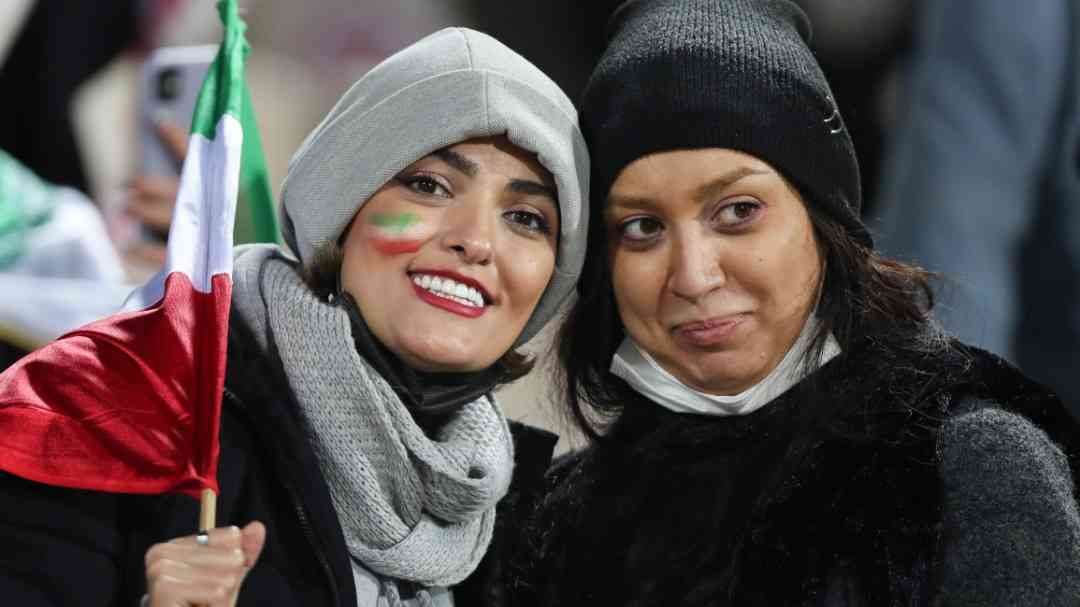
Forty-five years after the Iranian Revolution, the story of Iranian women is a central subject of gender and development. But underneath the headlines is a glorious story: one of resilience, determination, and incredible achievement.
Today, as we celebrate Women's Day on a global scale, we honor the achievements of Iranian women who have defied stereotypes and forged their pathways to success in education, science, business, and the performing arts. Iranian women, ranging from university presidents to Olympic medalists, are demonstrating that growth is achievable even in a nation suppressed by western sanctions. We delve into these women's amazing tales, discovering the obstacles they have overcome and the efforts that propelled the establishment of a brighter future for the Islamic Republic of Iran.
Literate and Educated Women
Education is an important component in women's health, development, and socioeconomic status. The Islamic Republic of Iran, founded following the 1979 Islamic Revolution, has made considerable improvements to its social system, including women's education. Article 20 of the Islamic Republic of Iran Constitution guarantees equal rights to all human beings, including women. This leads to the provision of facilities and opportunity for women's development in both their personal and social life.
Following the Islamic Revolution, the globe witnessed enormous changes in women's life, with women seeing exponential increase in higher education. Iran's monarchical system was considered as a commodity, resulting in a superficial attitude toward women. The Post-Islamic Revolution encouraged more women and girls to attend universities and higher education institutions, resulting in improved access to academic environments and diversity in academic subjects.
Iran has one of the highest literacy rates in the world, with women accounting for about 60% of university students today. In rural areas, the proportion of females climbed from 17% in 1977 to 73% in 2017. Women's admittance to several areas, including dentistry, audiology, statistics, optometry, radiology, and radiation, have also increased. In 2005, 65% of Iranian university students were women, and by early 2007, approximately 70% of scientific and engineering students were female.
Livelihoods and Family Affairs
As of now, the Iranian government has created thousands of job opportunities for women heads of households, passed legislation to protect women from physical or mental harm, improved their safety from violence, allocated one percent of organizations budgets to women-related projects, established a national headquarters for women and family affairs, and increased the annual budget of the vice presidency for women and family affairs by 50%. Over the last two years, the government has established more than 3,600 employment opportunities for female heads of households, proving its commitment to handling obstacles.
- Burkina Faso unrest: Military officers remove leader Damiba
- Somalia car bombings death toll rises to 120- health minister
- US identifies ISIS members in South Africa – two weeks after terror alert
- Iran seeks to promote Islam through art
Keep Reading
Women's representation on university faculty has increased by 33.3%, and in medical science universities by 34%. The literacy rate has risen to 99.3%, while the female-to-male student ratio has increased by 28%. There are more than 9,500 female authors and 840 female publishers in the country.
In matters of employment and entrepreneurship, 4,200 rural women's credit funds operate as of today, and 2,390 women serve on the boards of directors of knowledge-based businesses. There are 16,111 sports clubs for women in the country, and female athletes have won 3,302 medals in recent competitions. 70 women have led provincial sports committees, and 51 have served as presidents and leaders of sports federations. In the media, women's participation in information technology has reached 5.31%, and 903 female filmmakers have worked in cinema. Ensieh Khazali, Vice President for Women and Family Affairs, has established plans to establish family-oriented, sustainable enterprises in 21 provinces, to provide women with at least five years of employment.
Preserving religious values in all aspects of life.
Despite the biased portrayal of Iranian women by western media, that of a deprived, under-pressure woman who has no rights over her own life, on reality Iranian women have contributed greatly to all aspects of life while preserving their modesty and religious values. On September 18, 2021, Ayatollah Sayyed Ali Khamenei stated that Iranian female athletes have demonstrated in various championships that wearing the Islamic hijab is not an obstacle to success in sports and in life. However, Iranian women have previously demonstrated this in the domains of politics, science, education and business management. Raising the flag of the country by gold-winning champions wearing hijab, amplified religious modesty and valor of Iranian women's clothing in front of the eyes of the whole world, with a high level of sportsmanship.
Iranian women have won 3,302 medals at recent international sports events, with privilege of access to 16,111 gyms.
In Islam, answers all the glorious story as men and women are considered completely equal as human beings. According to the leaders and thinkers of the Islamic Revolution of Iran, respecting women means giving them the time to flourish and use the excellent faculties that God has placed in them. This view is derived from the Quran and Islam. Islam views men and women equally, regardless of gender, in their pursuit of developing their talents. Ayatollah Khamenei states that Islam's perspective on gender is secondary and that the primary viewpoint is that of humanity. Gender does not play a role in the major human issues related to humans, and there is no difference between men and women in this regard. Gender is a secondary and temporary matter that gains meaning in the functions of life, but it has no effect on the fundamental course of humanity.
Ayatollah Khamenei believes that in Islamic thought and the Qur'anic view, women, with their feminine strengths which Almighty God has endowed them with, can play an exceptional role in society. This is due to their deep faith, stability, modesty, and chastity which illuminates the space around them. No man can play such a role. Like a firm mountain of faith, at the same time like a bubbling spring of affection, love, and feminine feelings, they quench the thirsty and needy with the fountain of their patience and affection. Humans can be nurtured in such a blessed embrace. If women with these characteristics did not exist in the world, humanity would have no meaning.


